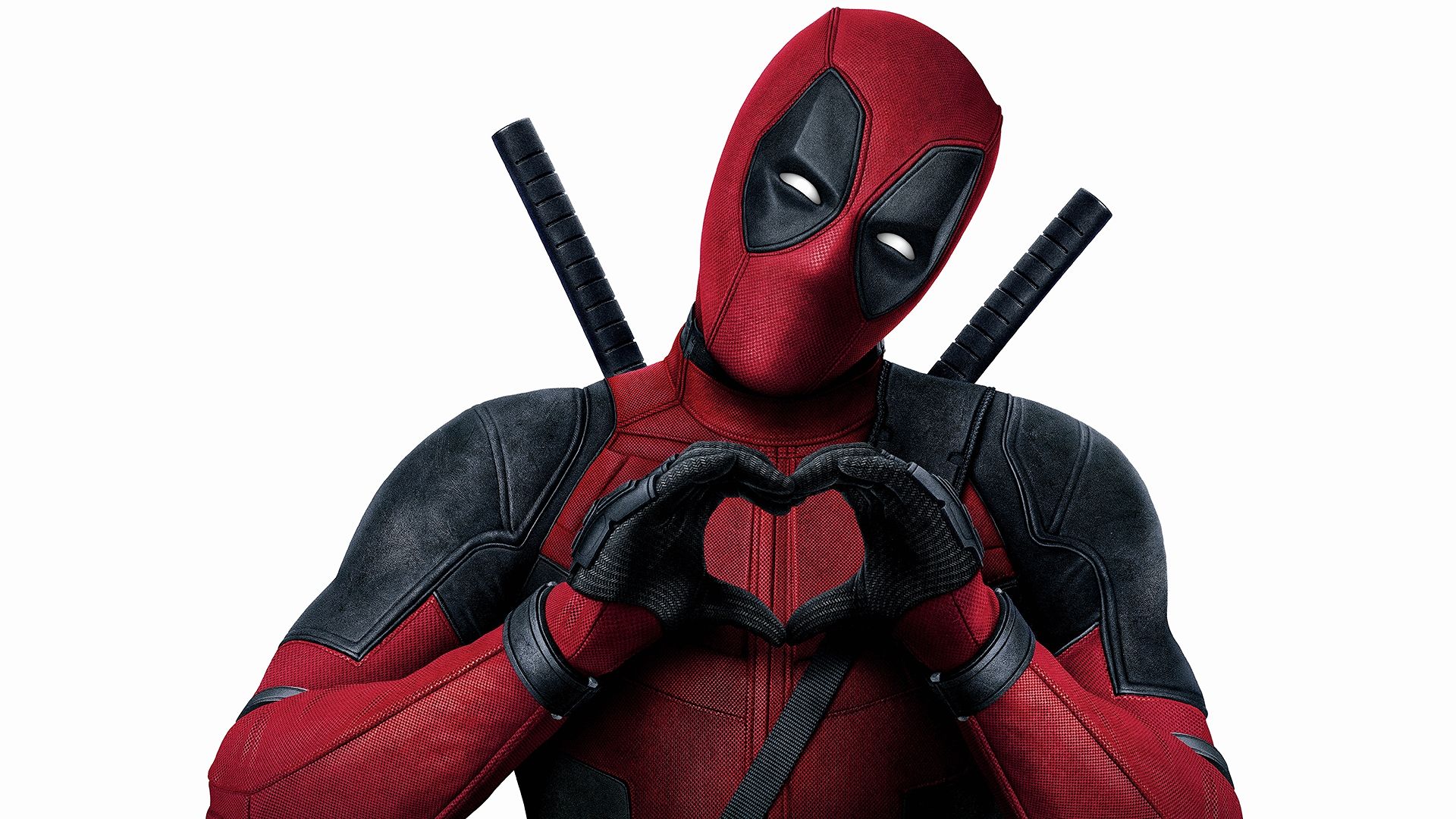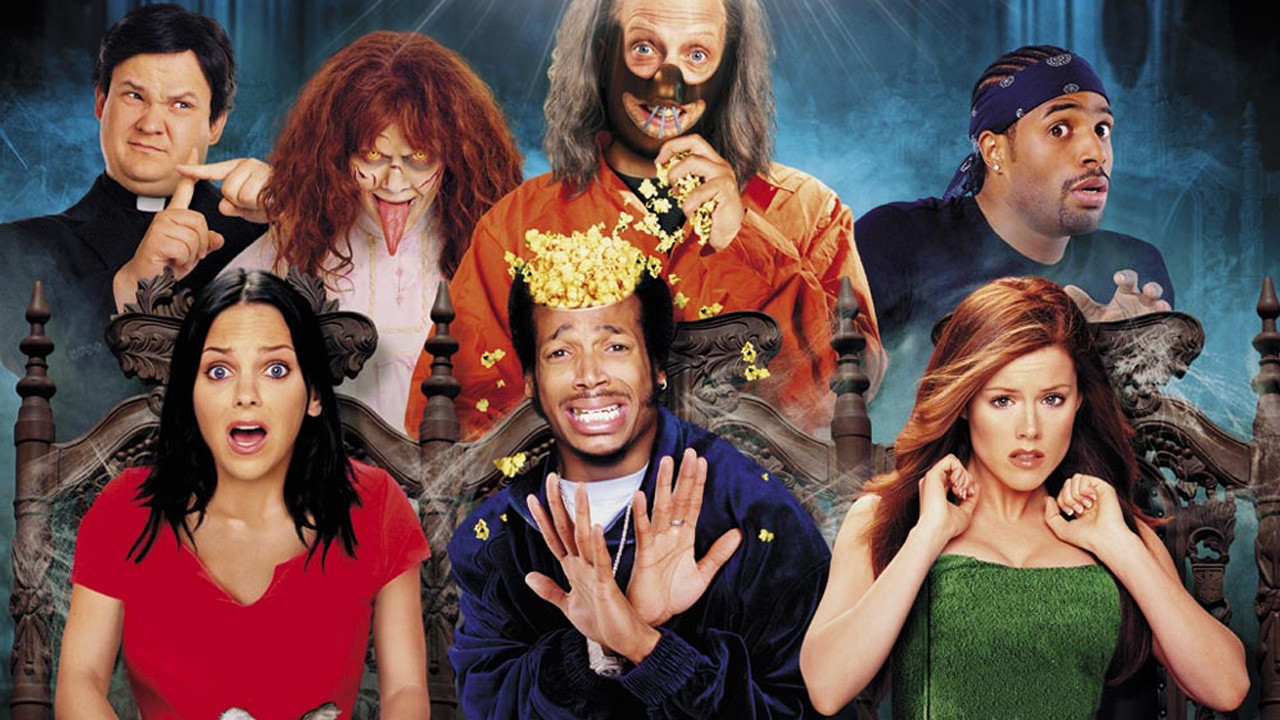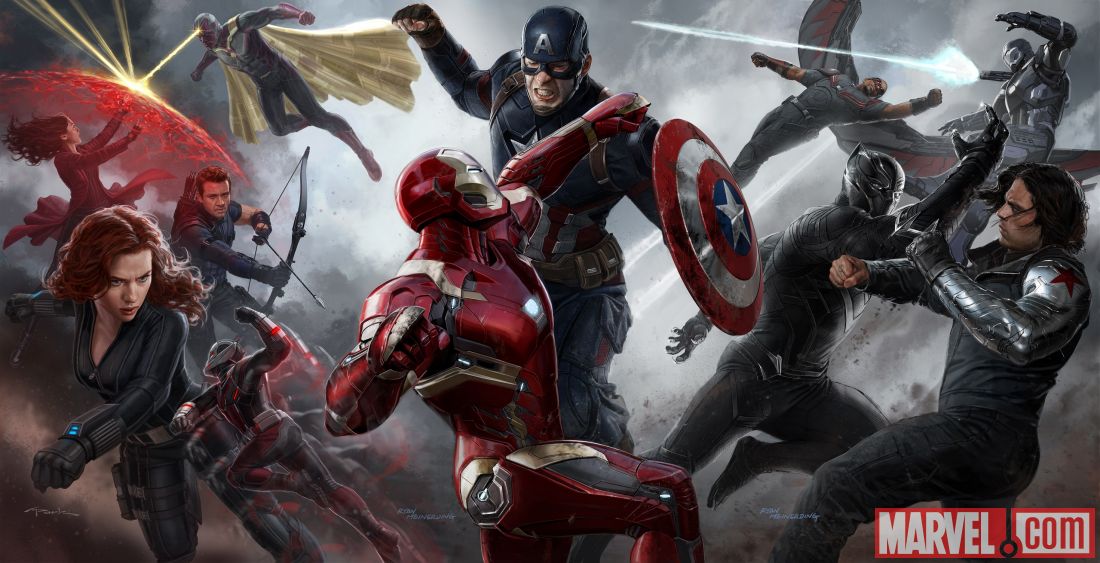Does “Deadpool” signal the beginning of the end for the superhero genre?
Deadpool breaks down, subverts and makes fun of superhero movies. Historically, the rise of satire and parody in a genre tend to mark a certain saturation, over-familiarity and weariness. The release of Deadpool - and how enthusiastically audiences have responded to the character - signals that the future may not be unequivocally bright for superhero movies. As over-exposure sets in, the superhero movies that resonate with the audience will be the ones that redefine what the genre means.
With the release of the Deadpool (2016) movie, the character has made his appearance in the mainstream pop culture arena at the precise moment when his audience was ready for him. Those familiar with Marvel Comics’ oeuvre will, of course, be familiar with the (in)famous antihero, the “merc with a mouth”: the character was first introduced back in 1991 and became a cult hit.
Meanwhile, a movie adaptation of the character has been in the works, off and on, since around 2000, with actor Ryan Reynolds gunning for the role since the early 2000s. And as things normally happen in Hollywood, the journey to finally bringing Deadpool to the big screen has taken about 16 years.What does the release of such a movie, and its subsequent success, say about this current period in film history - and specifically, about the superhero movie genre?

Deadpool (2016)
Deadpool as a character, by his very nature, is intensely self-referential, both towards himself and the superhero genre. While not an all-out parody, Deadpool clearly intends to break down, subvert and make fun of superhero movies. Now, it goes without saying that parody or satire cannot exist without there first being a critical mass of the subject of the mocking - the audience needs to first be deeply familiar with a particular type of work before it can respond to the inside jokes and self-references.
So while Deadpool could have been made, say, a decade ago, it could be argued that it wouldn’t have achieved the type of commercial and critical success it has now - from an audience primed by the surge of superhero movies that have hit the screens in the last 10 years, from the Marvel Cinematic Universe and the X-Men movies to the Dark Knight trilogy. Historically, however, the rise of parody or satire in a genre also tends to mark a certain saturation, over-familiarity and weariness. Humor, then, becomes the spark to reanimate and bring fresh creativity to the field.
The Naked Gun (1988-1994) movies, for instance, came at the tail end of the 1980s cop dramas. Scary Movie (2000) rose out of the popularity of horror/slasher flicks in the mid- to late-90s. Douglas Adams’ The Hitchhiker’s Guide to the Galaxy book series (which was adapted into a film in 2005) was at least partly a response to the enormous success of the space opera genre, led by Star Wars IV, V and VI in the late 70s/early 80s.

Scary Movie (2000)
The arrival of self-referentiality, satire and outright parody inevitably changes a genre, sometimes to the point of diminishing its popularity altogether.
The release of Scary Movie and its huge success, for instance, opened the premise of teen slasher films like Scream (1996) and I Know What You Did Last Summer (1997) to ridicule. This in turn indirectly led to a demand for alternatives, most notably the “found footage” subgenre of horror movies, begun by The Blair Witch Project (1999).
Similarly, post-Naked Gun, we see a shift in the appetite for police procedurals, particularly on television. Moving away from the “heroic cop” approach, there comes a demand for more realistic and gritty shows, such as NYPD Blue (1993-2005), as later, the rise of forensic investigation shows such as CSI: Crime Scene Investigation (2000-2015).
An over-saturated genre, when broken down and made light of, is often eventually unable to sustain itself without dramatic change. This seems to be where the superhero movie genre is at the moment.
Last year, Marvel’s Phase Two came to an end, after giving us 12 superhero-themed movies over eight years. Phase 3 is set to begin this May with Captain America: Civil War (2016).
Meanwhile, the recently released (though not well-received), Batman V Superman: Dawn of Justice (2016) has laid the foundation for the DC Universe, which will continue with Suicide Squad (2016), Wonder Woman (2017) and the Justice League movie next year. And then there’s the X-Men universe, with X-Men: Apocalypse also releasing in May this year andat least three more related films in development.
To break it down, there are at least six mega-budget superhero movies slated for this year, with another eight anticipated for 2017. And that is not even including the various TV incarnations of both Marvel and DC characters: Daredevil (2015), Jessica Jones (2015), The Flash (2014) and Supergirl (2015), to name a few).
The release of Deadpool, then - and more importantly, how enthusiastically the audience is responding to the character - signals that the future may not be unequivocally bright for superhero movies. Already, we’re seeing an audience that is less willing to accept mediocre efforts, an audience that sets a higher bar than they perhaps did before: witness, for instance, the critical drubbing Batman V Superman is currently getting.
As more and more superhero movies hit the big screen over the next few years, novelty alone will not guarantee success; in fact, the very existence of a movie like Deadpool is proof that the novelty has worn off. Instead, as over-familiarity sets in, the superhero movies that resonate with the audience will likely be the ones that redefine what the genre means.


